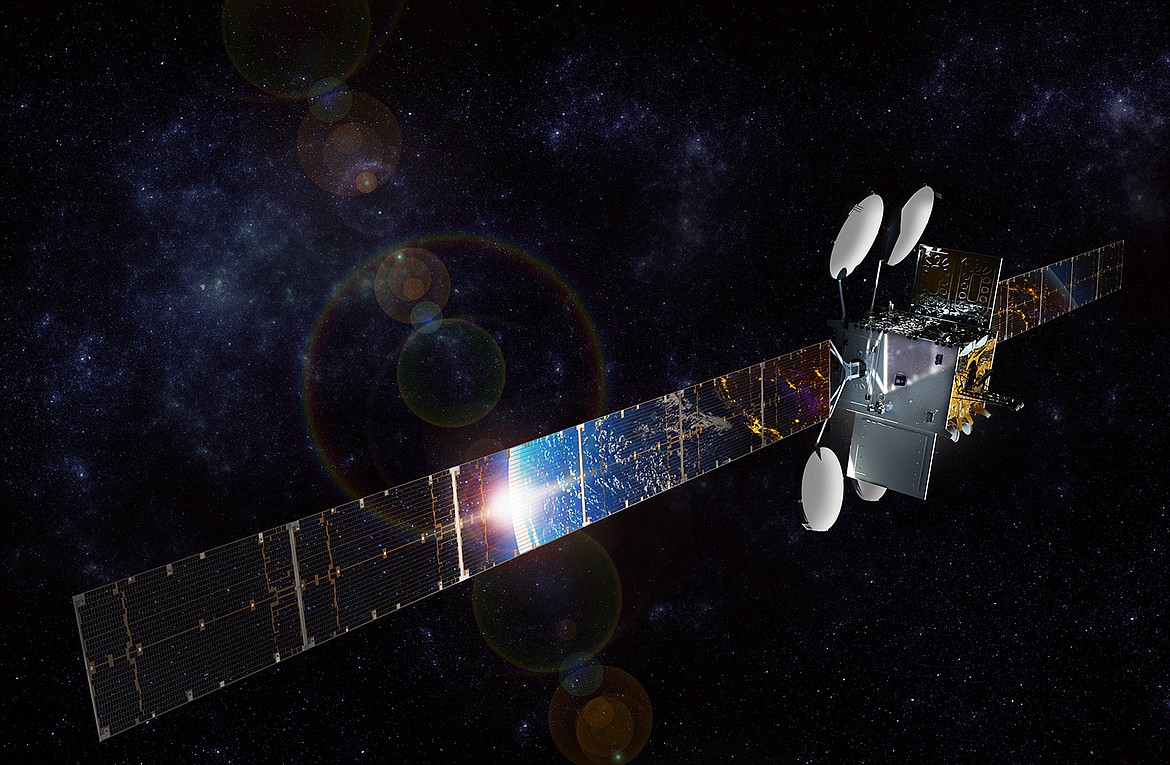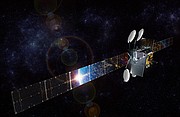Bridging the 'homework gap'
Imagine everyone you know has the key to a door that leads to success - everyone but you.
School students without internet access at home - primarily those from low-income and rural communities - have to battle that inequity every day after school.
Education and technology experts call it the “homework gap.”
“This disconnect leads to dramatic – and unfortunate – effects on kids’ daily lives,” said John Branam, director of the 1Million Project, a national effort to provide devices and free high-speed internet access to 1 million students who need it. “Arguably the most profound effects, however, are felt by high school students, whose challenge to complete homework in safe, predictable and productive environments can have lifelong impacts on their ability to achieve their full potential.”
For higher-income families in outlying areas, the lack of a web connection isn’t an affordability issue.
“Even though rural areas are more wired today than in the past, substantial segments of rural America still lack the infrastructure needed for high-speed internet, and what access these areas do have tends to be slower than that of non-rural areas,” wrote Pew Research analyst Andrew Perrin last fall.
Now, a new satellite internet service is helping to bridge the “homework gap” for rural students.
Viasat, a global communications company, recently began offering the fastest satellite-based home internet service provided via ViaSat-2, a GEO (geosynchronous orbit) satellite launched last year. ViaSat-2 is currently the most powerful internet delivery satellite orbiting Earth.
“One of the areas where we see a huge benefit is education,” said Mark Iaria, marketing director for Microcom, a nationally recognized and awarded Premier Retailer for Dish Network, DIRECTV, AT&T, Viasat and Hughes Network that serves North Idaho, Alaska, Hawaii and western Colorado.
“It’s not just to stream TV or for music. It’s for much more than that. It’s to impact people’s lives in a good way.”
Viasat is bringing high-speed internet at affordable prices to those that need it most, Iaria said.
Service plans in the Coeur d’Alene/Spokane area offer speeds of 12, 25 or 30 megabits (mbps) per second with 50 or 100 mbps possible in the near future. At 100 mbps, the service would be 10 times faster than the typical DSL (digital subscriber line) service.
Mark Beardsall, outside sales manager for Microcom’s Coeur d’Alene office, said the new Viasat internet service levels the playing field for students in outlying areas like Athol, Sagle and Spirit Lake where wire internet service isn’t accessible.
“There are a lot of families that don’t have access to the internet without going to the library or somewhere else,” Beardsall said. “With this service, it goes virtually anywhere... It’s kind of like a ‘no child left behind’ thing when it comes to homework. If they don’t have access to the internet, they won’t have the resources other kids do in a bigger city.”
The service appeals to rural customers in general, Beardsall said.
“We installed some in Spirit Lake,” Beardsall said, Tuesday. “They’ve all called me saying, ‘Thank you, thank you, thank you.’ We haven’t even had it a week and people are already ecstatic to have the service.”
But rural customers aren’t the only ones who find the Viasat service desirable.
“We’ve upped the game for satellite internet by delivering a new service that gives consumers what they want: more data, faster speeds and better entertainment experiences across all device types,” Mark Dankberg, Viasat’s chairman and CEO, said in a February statement from the company.
Viasat’s service makes it easier for employees to telecommute.
“This is perfect,” Beardsall said. “You can work from home because you have blazing-fast speeds.”
Another bonus of the Viasat satellite service is it has no limits and won’t be slowing down anytime soon.
“The coolest thing about this is when you think of satellite internet, you think of data caps,” Beardsall said. “With this Viasat service, it is unlimited. You don’t have a data cap. Even if you reach your threshold, you’re going to be prioritized.
“By that time, Viasat will have a new one launched that will give about a gigabyte of speed. It’s going to be huge,” Beardsall said. “It’s going to blow this one out of the water.”
Viasat is already building its next-generation high-capacity satellite system — the ViaSat-3 — which Viasat expects will enable high-quality, high-speed internet access for billions of people and markets worldwide.
ViaSat-3 will offer global coverage with only three satellites, each designed to support over 1-Terabit per second (tbps) of network capacity, further expanding the reach of 100-plus mbps broadband access.
Viasat expects the first ViaSat-3 satellite to go into service in 2020 for the Americas, with the second satellite for Europe, the Middle East and Africa expected to launch approximately six months later. A third ViaSat-3 satellite is planned for the Asia-Pacific region.





